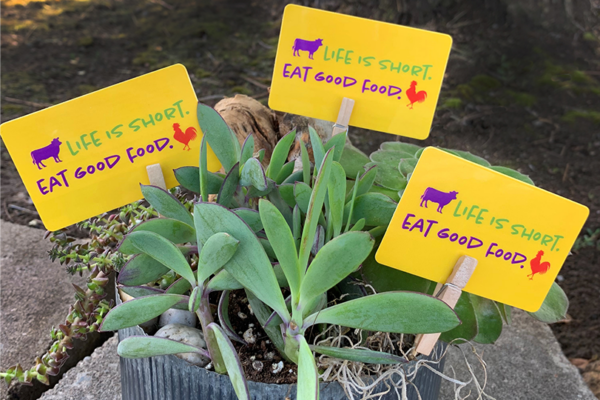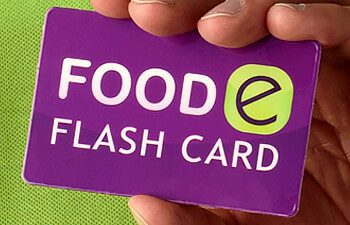We’re ready to make the world our oyster. Let’s take a salty dive into this divisive seafood. Humans have been eating oysters (and a lot of them) for a very long time. Oysters have been around for millions of years and have been a delicacy since the early days of civilization. Today, around 2 billion oysters are eaten every year.
Like wines, oysters have a variety of flavor profiles. The flavor of oysters can be categorized mainly by the following flavor characteristics: briny, buttery, sweet, metallic and mild. Connoisseurs can break down these flavors even further, picking out flavors like melon, cucumber, mushroom and more. Although the majority of American oysters come from the same species, they actually have different flavors. Because oysters filter so much water, they develop a flavor profile from their environment. Different bodies of water have varying levels of salt and different kinds of nutrients, resulting in unique flavor profiles.
You might not find a pearl…but you will still reap health benefits from eating oysters. Due to their high content of zinc, eating oysters can help to strengthen your immune system. They also provide calcium, vitamin C, omega 3 fatty acids, iron, and protein, vitamin A, and B12. Oysters are a good source of monounsaturated fat, the “healthy” kind of fat that you also find in olive oil and avocados. Slurp up!
Apparently, Casanova consumed 50 oysters for breakfast every day to jumpstart his libido first thing in the morning, but are they realllllly an aphrodisiac? Maybe! Bivalves contain zinc, which is an essential nutrient for testosterone production and spermatogenesis, and they also contain specific amino acids and serotonin, which invoke a pleasure response in the brain and body.
P.S. The shells can be used in your garden!
Save your oyster shells and crush them up to nurture your plants. The oyster shell is high in calcium which can improve the pH balance of the soil while helping your garden flourish!
Raw oysters not your thing? Try grilling them! Follow along with this foolproof guide from Simply Recipes (we think it’s the perfect summer dish):
If you can find large, fat oysters, place them directly on the grill grates. It’s best to wear long, sturdy BBQ gloves so you can handle the oysters by hand instead of using tongs, spoons or spatula.
If your oysters are small and flat, you’ll run the risk of spilling their valuable, flavorful juices as well as the garlic-butter sauce. A great option is to place the oysters on a bed of rock salt or rice in a small pan, then place the entire pan inside the grill or under a broiler. This steadies the oysters and prevents them from wobbling.
Ingredients
16 whole live oysters
2 cloves garlic, finely minced
3 tbsp extra virgin olive oil
3 tbsp unsalted butter
1 tsp lemon juice
1/2 tsp chili pepper flakes (or substitute with dashes of Tabasco)
1/4 tsp salt
cracked black pepper, to taste
1 tbsp parsley, finely minced
Instructions
Make the sauce:
Heat a small saucepan over medium-low heat. When hot, add the olive oil and the butter. Add the garlic and sauté until fragrant, about 30 seconds. Add the lemon juice, chili pepper flakes, salt, pepper and parsley. Turn off heat.
Shuck and grill the oysters: (2 options)
If you are a shucking pro: Shuck the oysters, spoon a little sauce in each oyster. Place oysters on a very hot, preheated grill, cover and cook for 5-6 minutes or until the edges of oysters curl slightly.
If you’re a shucking newbie: Place the oysters, cup side up on a very hot, preheated grill, cover and cook for 1 minute. The oysters should now be slightly open. Quickly remove the oysters. Hold an oyster with an oven mitt and use a shucking knife (or a clean screwdriver) to pry open the oyster. It should easily open. Spoon sauce into each oyster and return oysters to the grill. Cover and grill for 4-5 minutes.









